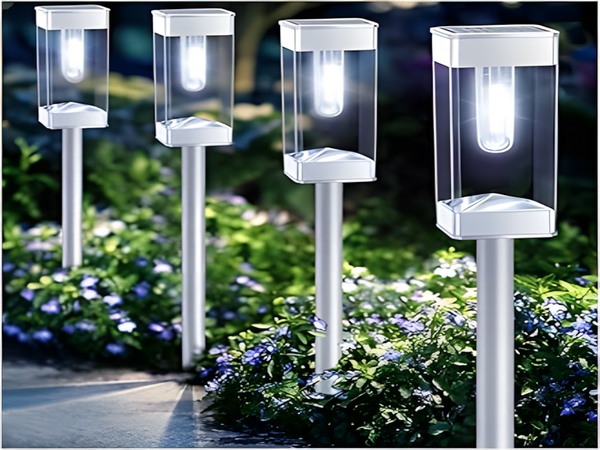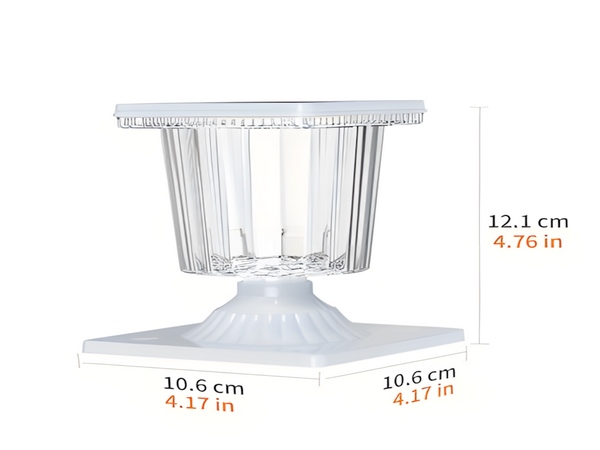
Solar street lights are a mature procurement solution for municipal lighting engineering, and even some rural areas are gradually beginning to purchase solar street lights for rural use. Rural solar street lights have evolved from traditional electric street lights, incorporating the brightness characteristics of LED light sources. They can be used in most regions of China with minimal interference from environmental factors. So, what are the configuration requirements for rural solar street lights? Here is an introduction by Century Sunshine Lighting’s editor.
The configuration requirements for rural solar street lights are as follows:

1. The solar street light head should utilize LED light sources to achieve energy conservation and environmental protection, with a significant energy-saving effect. The battery should be a maintenance-free lead-acid battery, and solar panels should be reasonably configured to ensure longevity and warranty.
2. The lamp pole design should be aesthetically pleasing and elegant, made of Q235A steel, with galvanized and powder-coated finishes. It should be suitable for temperatures ranging from -30℃ to 55℃.

3. An intelligent control system is required, which operates without manual control and can function normally for extended periods with a fully automated controller.
4. The system should ensure that daily illumination is no less than 6 hours, and on cloudy or rainy days, it should maintain normal lighting for at least 3 days.
The above configuration requirements for rural solar street lights have been shared. It is also important to note that to ensure the quality of rural solar street lights, close attention must be paid to the materials of the solar panel, including silicon chips, light parameters, and low-light parameters when selecting solar panels.



